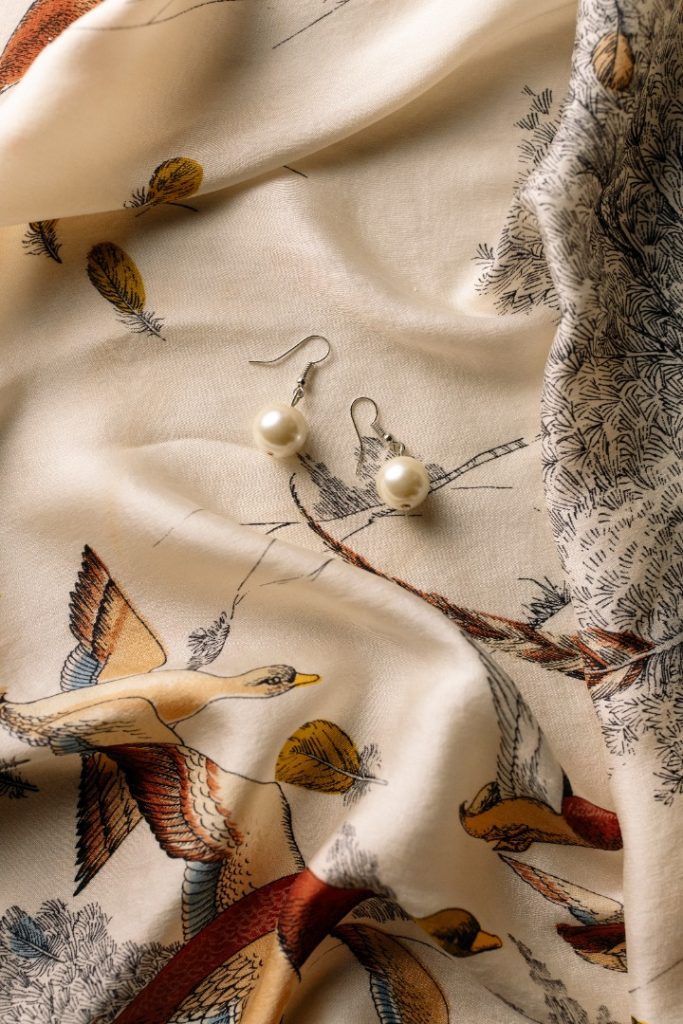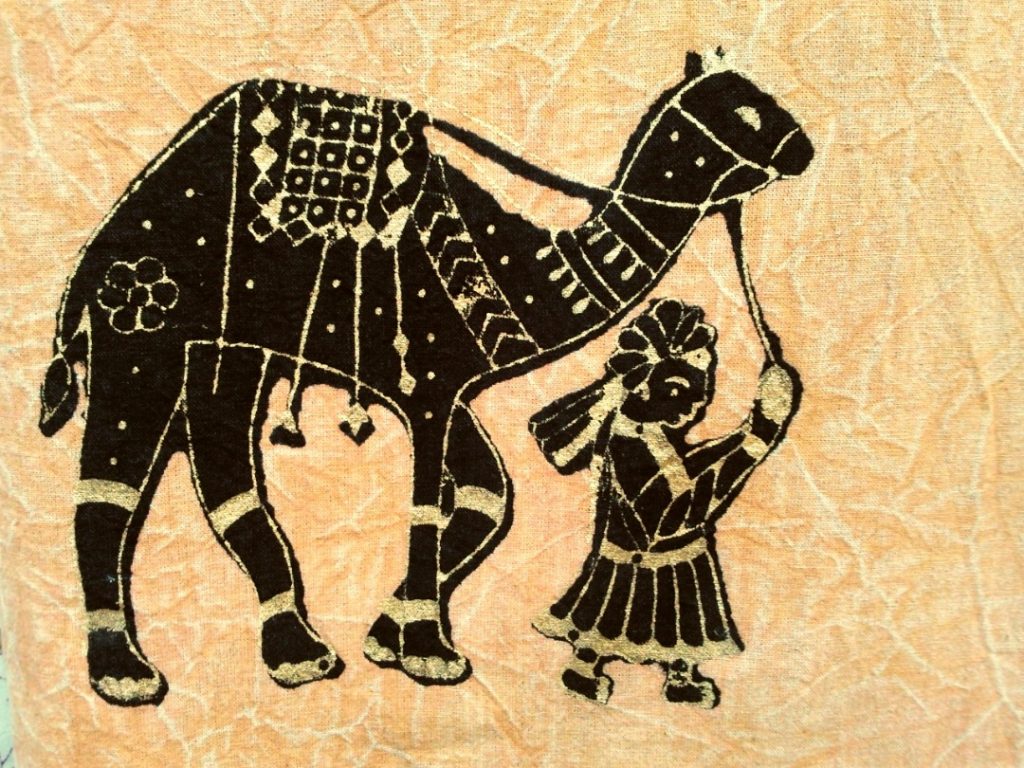Business
The Development of Digital Fabric Printing and Its Present State

The Development of Digital Fabric Printing and Its Present State
The latest styles come and go quite quickly. As new technologies emerge, so do new areas of the fashion industry. There has been a major shift in the printing process, which is one of the many methods used in the fashion industry. Fabric printing has come a long way in a short amount of time, and the field is always changing and making new trends.
Increased demand for novelty and a plethora of options have contributed to the rise of digital/sublimation printing. Even though these printing methods have only been commercially available for a short time, they are flexible, long-lasting, and can be used to color, print, and make a wide range of materials.

Manufacturers of textiles now use these printing methods extensively, streamlining the design, planning, sample, and manufacturing stages to give their products a stunning, one-of-a-kind appearance for their clients.
Digital fabric printing was still in its infancy when it came to quality, and there were many negative comparisons to lithographic printing. Recent developments, however, have brought the quality of digital printing up to par with that of older, more established processes, and even beyond them in many circumstances. Intricate designs may be made and woven into the fabric.
Newfangled digital printing equipment necessitates the use of specially formulated inks. These inks may be safely utilized with a wide range of fibers, including nylon, cotton, silk, lycra, spandex, polyester, and other specifically fabricated materials. Fabric is fed into rollers in the printer, which subsequently sprays the material with tiny ink dots. As contrasted to traditional screen printing, digital printing allows for the printing of several designs and patterns on a single cloth at a reduced cost.
Besides the outstanding offset printing, this instance also makes use of sublimation printing. In the realm of computer-assisted digital printing, sublimation printing stands out as a technology that consistently yields crisp, clear results. The process is as simple as designing a pattern or design on a computer and then printing it into fabric using industrial pressure and heating processes. Because of improvements in computer technology, the textile industry can now print on bespoke cloth in any color scheme, style, or pattern without worrying about disappointing customers.

There are several advantages to using the aforementioned methods rather than the more traditional ones. One of the main benefits of using digital methods is the wide selection of patterns and prints that can be produced. In the case of sublimation, for instance, a wide variety of color schemes and customization choices are at your disposal.
There’s also the fact that the prints last a long time. Fabrics produced with modern inks are of the highest quality since the colors do not fade. The ink is created by a thermal transfer process. So, the tones blend, making for photos that are both long-lasting and different from those made with any other printing method.
As a result of using state-of-the-art technologies, manufacturing costs have gone down. As a result, businesses may be able to offer printing services to customers at a lower cost. The use of technology has also expanded the market, so that businesses and consumers alike may benefit. To wow your friends or promote your business, you may now have a cloth printed with pinpoint accuracy.
